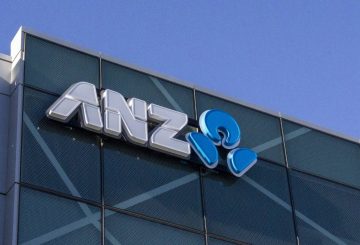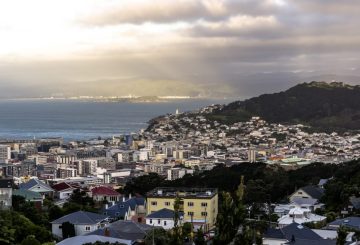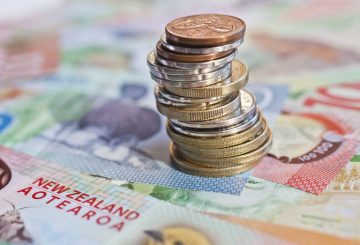네이피어와 뉴질랜드 헤이스팅스 간 철도 서비스는 7개월 전 사이클론 가브리엘로 인한 피해로 폐쇄된 후 재개됩니다.금요일에 첫 번째 열차가 네이피어 인근의 보수된 217번 교량 상공을 통과하면서 일시적으로 도로 운송으로 전환했던 철도 화물 서비스가 다시 돌아왔습니다.
이 교량 수리는 혹스베이 지역의 복구에 상당한 진전이 있었음을 나타냅니다.이 지역의 사이클론 복구 담당 장관인 키런 맥애널티 (Kieran McAnulty) 는 이번 재개장에 대해 혹스베이가 “사업을 재개했다”는 신호라고 말했습니다.
사이클론으로 인해 선로 지지대가 유실되는 등 철도 노선이 크게 손상되었습니다.KiwiRail의 CEO인 Peter Reidy에 따르면 새로 건설된 지지대는 이전보다 3배 더 깊어져 안정성이 향상되었다고 합니다.영구 교량은 향후 몇 년 안에 현재의 임시 교량을 대체할 것입니다.
네이피어 항구는 철도를 이용할 수 없는 상황에서 음식과 기계를 포함한 화물이 육로로 운송되는 상황에서 운영을 조정해야 했습니다.철도 연결의 복원은 지역 경제에 매우 중요하며, 이는 일반 대중과 현지 이위 지역 사회 모두에게 철도 연결의 중요성을 강조하기 때문입니다.





























































